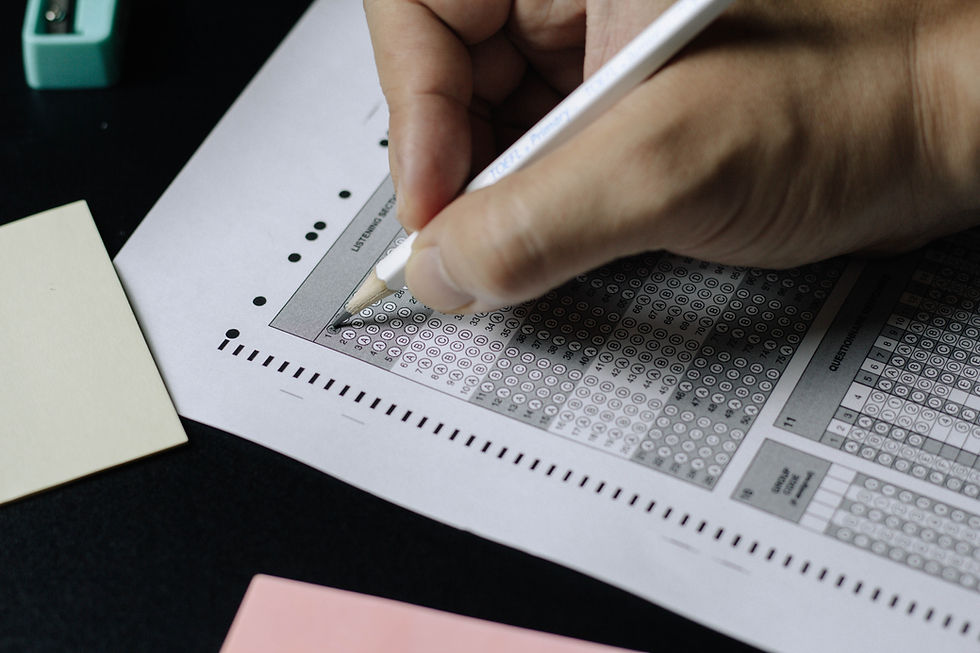The "New" ACT
- Dave Bell

- Jun 26
- 2 min read

The ACT is one of 2 standardized tests, along with the SAT, that many colleges and universities require, or at least permit, as part of the admissions process. In 2023 the College Board, which administers the SAT, introduced a significantly revised, much shorter test format. Starting in April of this year, the ACT followed suit. The new, digital ACT is much shorter than the previous version and has far fewer questions. In September 2025, these same changes will be introduced in the paper version of the ACT. Going forward, the ACT will continue to be offered both digitally and in paper format.
The new ACT (including the Science section, which is now optional) will be 171 questions, vs. 215 questions in the old ACT. The other significant differences between the old ACT and the new one are as follows:
Old ACT | New ACT | |
ACT English | 75 questions in 45 minutes | 50 questions in 35 minutes |
ACT Math | 60 questions in 60 minutes | 45 Questions in 50 minutes |
ACT Reading | 40 questions in 35 minutes | 36 questions in 40 minutes |
ACT Science | 40 questions in 35 minutes |
Students who do not like the Science Test, and are not required by their schools to submit it, have the option of not taking it. For those students, the test will only be a little more than 2 hours long.
The scoring for the new ACT will remain the same – from a low of 1 to a high of 36. A student’s “composite” score will be calculated by adding the 3 section scores (4 if the student takes the Science Test) and dividing by 3 (or 4).
Presumably, the changes to the ACT were made, at least in part, because it was losing market share to the SAT after the SAT format was changed in 2023. Interestingly, the
organization that administers the ACT, which had been a nonprofit, was recently purchased by a for-profit private equity firm, and perhaps that might have factored into the decision to make changes to the test.
Colleges and universities that require (or accept) standardized test scores are indifferent as to whether a student submits ACT or SAT scores. We recommend that students try both tests, including under simulated test conditions, and see which they prefer. Of course, students will usually prefer the test on which they achieve better scores. Once a student settles on the SAT or ACT, he or she can focus all efforts on getting ready for that test.



